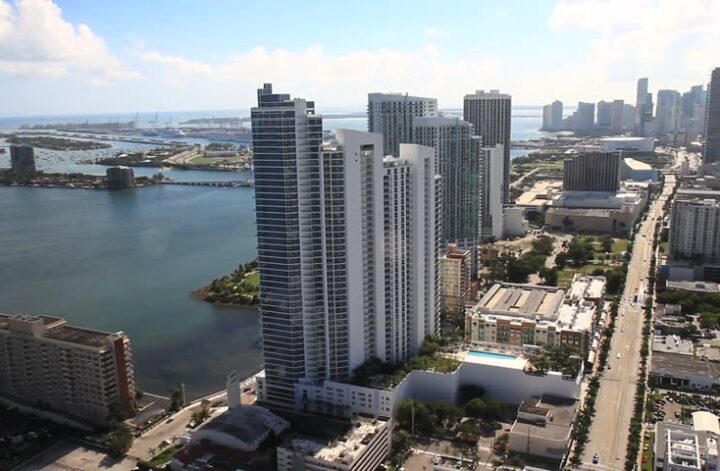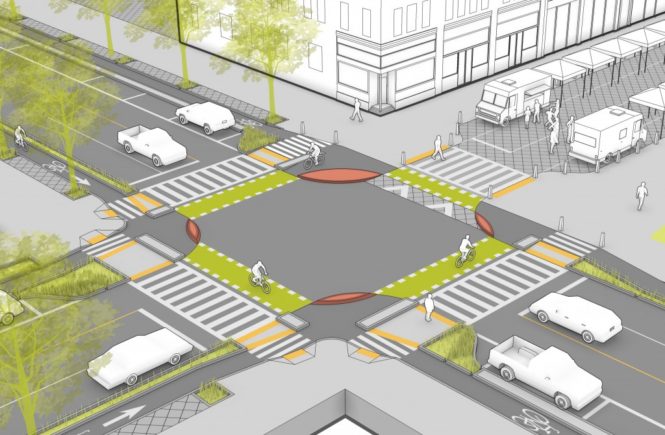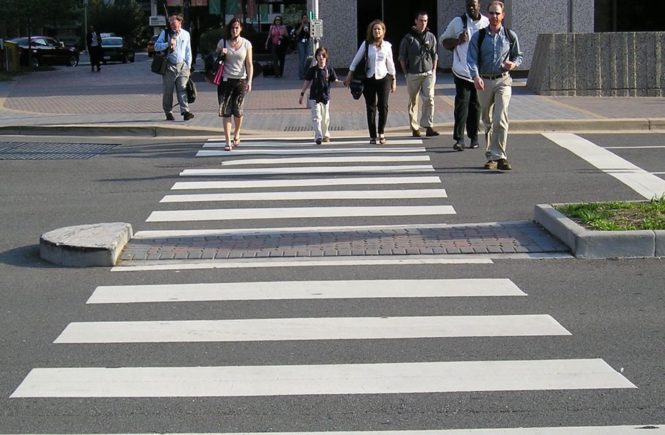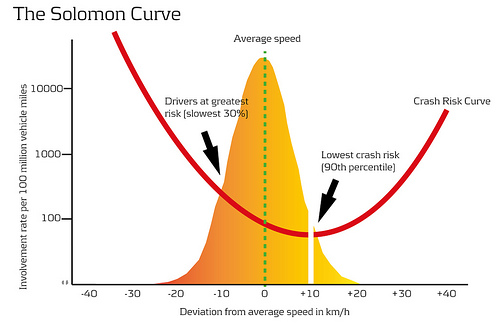A woman pushing a baby stroller was killed by a truck last week at the intersection of Biscayne Boulevard and 22nd St. Like many of the pedestrians in the area, she lived in a nearby condo building and most likely walked every day for errands. Between new residential and commercial development, the number of pedestrians on Biscayne are increasing, but unfortunately, pedestrian safety measures are not. Designed as a fast through route to supplement I-95 in Miami, Biscayne is carrying more local trips now. And as its land use and trip characteristics change, Biscayne needs to change as well to make sure people in all modes are safer.
Biscayne is essentially a border vacuum, a phrase coined by urbanist and writer Jane Jacobs. She writes:
A border—the perimeter of a single massive or stretched-out use of territory—forms the edge of an area of ‘ordinary’ city. Often borders are thought of as passive objects, or matter-of-factly just as edges. However, a border exerts an active influence.
Border vacuums are often anti-urban and divide neighborhoods. Unlike regular borders, they exert a negative influence on surrounding areas. They can be superblocks, railroad tracks, long blank building facades, wide, inaccessible streets, or even poorly planned waterfronts. They stifle pedestrian access and create a psychological and physical barrier dividing neighborhoods. Biscayne Blvd has evolved over the years as the primary border vacuum between neighbourhoods west of it and wealthier, waterfront neighborhoods to the east. The primary issue serving to divide these neighborhoods is a lack of safe pedestrian crossing opportunities along the entire boulevard.
NACTO recommends pedestrian crossings every 200 feet in urban areas, or about every city block. There are areas on Biscayne where there’s 1000 feet between crossings, and sometimes more. While I don’t recommend signals at every intersection, Biscayne does need more signal density. And Biscayne also needs to function more like a local road rather than a through street. It’s unacceptable to expect people to walk so far out of their way to access a safe crossing. While FDOT has taken the initiative of installing Rectangular Rapid Flashing Beacon (RRFBs) at several mid-block locations, it’s not enough.

FHWA recommends Pedestrian Hybrid Beacons (PHBs) on streets with posted speed limits over 40mph (Biscayne is 30mph), but given Biscayne’s high volumes and frequent speeding, I’d replace all RRFBs with PHBs to increase driver compliance. If PHBs are too complicated for drivers to understand (something I’ve been hearing lately), just use a regular signal at the mid-block location. There’s no mistaking the meaning of a red light.
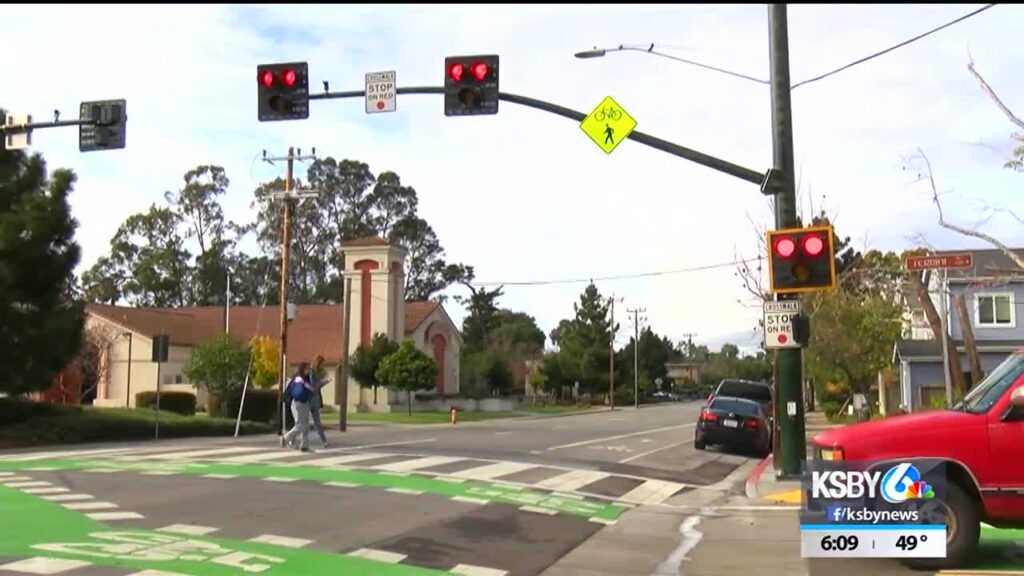
New mid-block crossings with PHBs or regular signals should also be placed proactively near new developments all along Biscayne Blvd. Many new residents and office workers will walk for a significant portion of their daily trips as projects come online. New mid-block crossings will help knit together neighborhoods that have been divided by the lack of safe crossings on Biscayne.
Now for the signalized intersections. I’ve written about Leading Pedestrian Intervals extensively, and other FDOT districts have installed hundreds of them in urban areas, but Miami still seems averse to them. I would trial run the busiest Biscayne intersections in Miami with LPIs for several months to prove to officials how effective they are. Phase 2 would include every signal on Biscayne. I’d also experiment with No Turn On Reds and Pedestrian Scrambles at certain intersections, giving pedestrians added protection during their walk phases.
Upgrading mid-block crossings and LPIs would go a long way in making Biscayne Boulevard safer for pedestrians and preparing the street for our evolving neighbourhoods. These upgrades are relatively cheap and could be installed within a year if FDOT, Miami Dade County and the City work together. Preventing another tragedy like what happened to Jaklin Sabag should be a priority for officials who claim to want safer streets.

